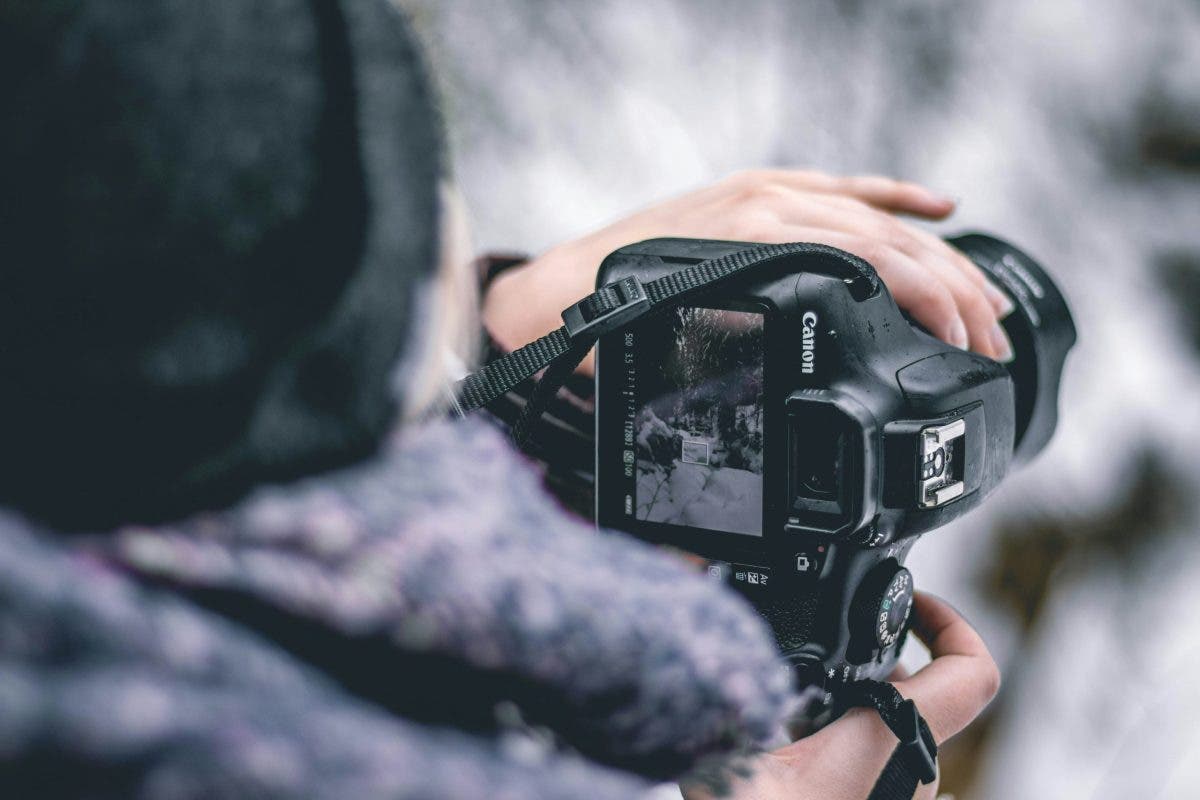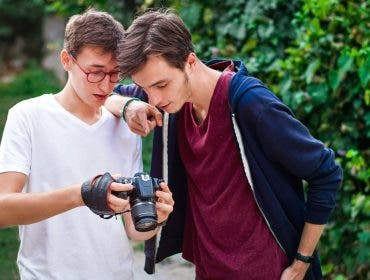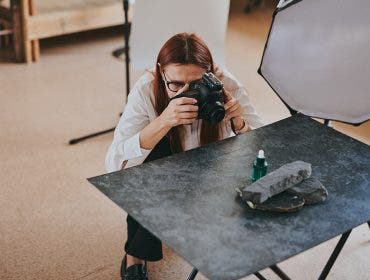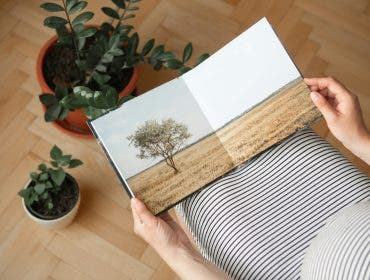Winter’s embrace blesses landscapes and turns them into breathtaking scenes. When it looks gorgeous, photographers can’t help but capture its beauty. However, cold weather poses unique challenges that can affect your camera’s performance. Let’s delve into comprehensive strategies for camera protection in cold weather and ensure optimal functionality during your chilly photographic adventures.
What does cold weather do to cameras?
Cold weather is quite the silent saboteur. Without you knowing, it meddles with your camera’s performance.
It damages battery efficiency

For starters, battery efficiency takes a hit when the weather gets colder. According to an article by City Labs, this happens because cold weather slows the chemical reactions inside batteries. Therefore reducing their capacity temporarily.
Causes condensation
Condensation can form both on your lens and inside the camera when you move between extreme temperatures. When you head indoors or go inside a heated car to thaw out, you’ll most likely see that your lens has become misty. This condensation isn’t just annoying, it’s a cause for concern because it can cause long-term damage.
Bad mechanical functionality

Prolonged cold can turn camera cables brittle, increasing the risk of breaks.
Tips for camera protection in cold weather
Get spare batteries and use body heat
Batteries in the winter are sluggish and unwilling to perform, even inside the camera. To combat this, always carry spare batteries with you. Having a backup or two ensures you can keep shooting without any interruption. But where you store those extras also matters, by the way. Keep them in a warm or airtight container.
But as a cheaper alternative, use your body heat to your advantage. Tuck the spares into an inner pocket, close to your body, where they’ll stay nice and toasty until they’re needed. This simple trick can save you a lot of frustration when temperatures drop.
How to prevent camera condensation

Condensation in your camera happens when you move it between extreme temperatures — say, from a snowy trail to a warm cabin. To stop the moisture, start with gradual acclimatization. Before heading outdoors, let your camera sit in a colder room or unheated garage for a while. This reduces the shock of the temperature shift and keeps your lens from fogging up.
For more protection, bring a Ziplock bag into the equation. Before stepping indoors from the cold, slip your camera into a Ziplock bag and seal it tight. This simple hack traps condensation inside the bag rather than on your precious gear. And when you’re ready to unpack it, pause. Give it time to adjust to room temperature before opening.
Finally, don’t underestimate the power of silica gel packs. You know, those little packets you find in new shoes and bags. Toss a few into your camera bag to absorb any lurking moisture. Works like a charm and super cheap!
Shield your camera

Snow or ice can sneak onto your lens. It could ruin both your shots and your camera! To counter this, a simple lens hood can work wonders. It shields your lens from stray snowflakes and minimizing glare from the sun bouncing off the white landscape.
For an added layer of defense, use a UV filter. This little accessory acts like a helmet for your lens, taking the brunt of any icy mishaps while leaving your actual lens unscathed. And for super intense weather like heavy snowfall or freezing rain, bring out the big guns: rain covers. These waterproof barriers wrap snugly around your camera, keeping it dry and protected while you focus on capturing the scene. They’re available in various sizes!
Handle with care

Wearing gloves is essential in cold weather, but they can make your grip a bit slippery. This is high time you get a secure camera strap. If you have a higher budget, consider upgrading to a padded or anti-slip strap for extra comfort and security. Bonus tip: practice adjusting your camera settings with gloves on before heading out. Thank me later.
Also, padded storage bags are a must for cold weather. They protect your gear from impacts, which is amazing because winter terrains are unpredictable. Plus, they also insulate the camera against the cold.
Optimize your camera settings
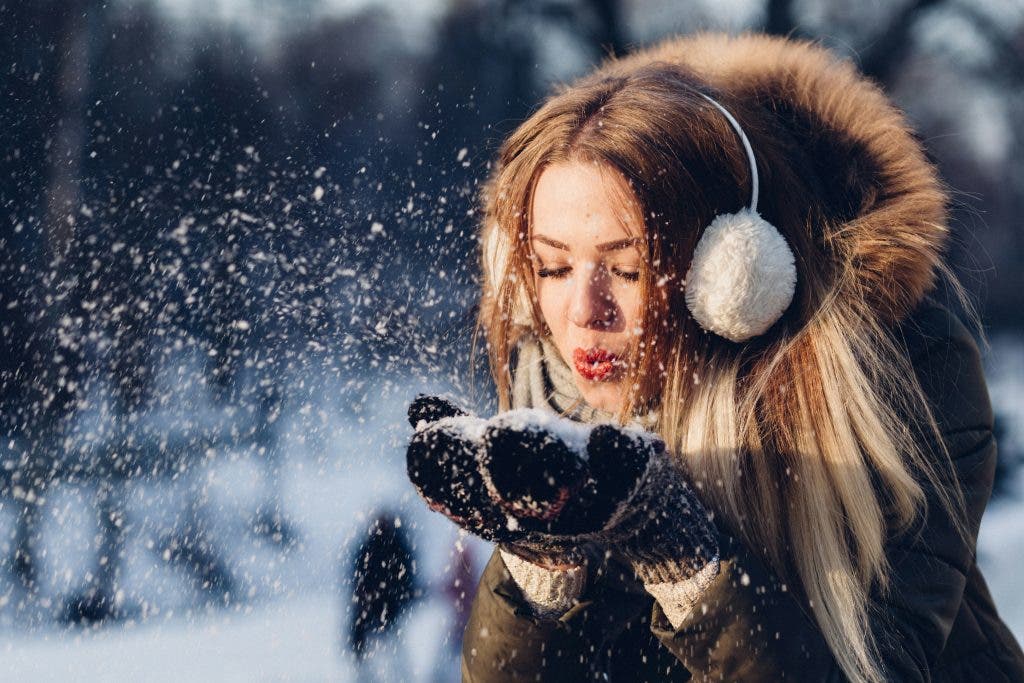
When you’re out in the cold, every bit of battery life counts. Limit screen usage by resisting the urge to chimp (that’s photographer jargon for obsessively checking your shots after every click). Instead of doing that, rely on your viewfinder for composing shots and use the screen sparingly for essential adjustments or quick reviews. Additionally, dim your screen’s brightness or disable unnecessary features like Live View. It’ll stretch your battery life even further.
When it comes to focusing in cold weather, it’s worth considering manual focus. Low temperatures can stiffen your autofocus mechanisms or cause them to hunt endlessly. Yup, especially in low light or when snowflakes confuse the AF system. Switching to manual focus gives you full control, ensuring you capture those crisp winter shots without relying on potentially sluggish electronics.
Cold weather photography is great, just do camera care right.
Knowing your way around the challenges of winter photography can yield stunning results. By implementing these tips for camera protection in cold weather, you ensure your camera remains in peak condition. You’ll always be ready to capture the serene beauty that cold weather offers.
Shop at Adorama or Adorama Rentals for your cold weather photography needs.

